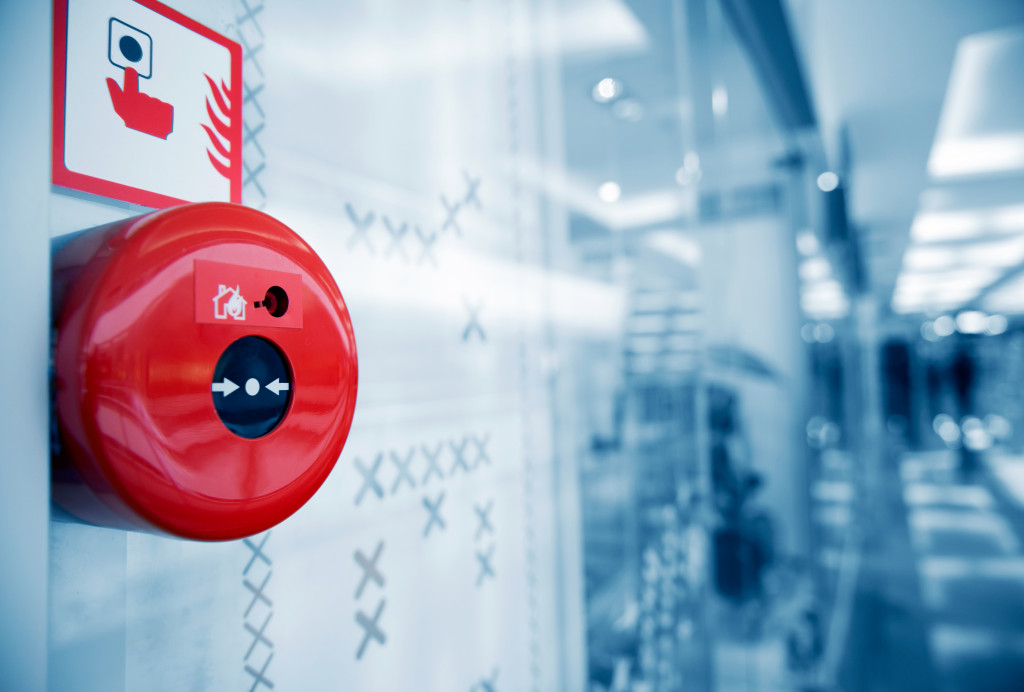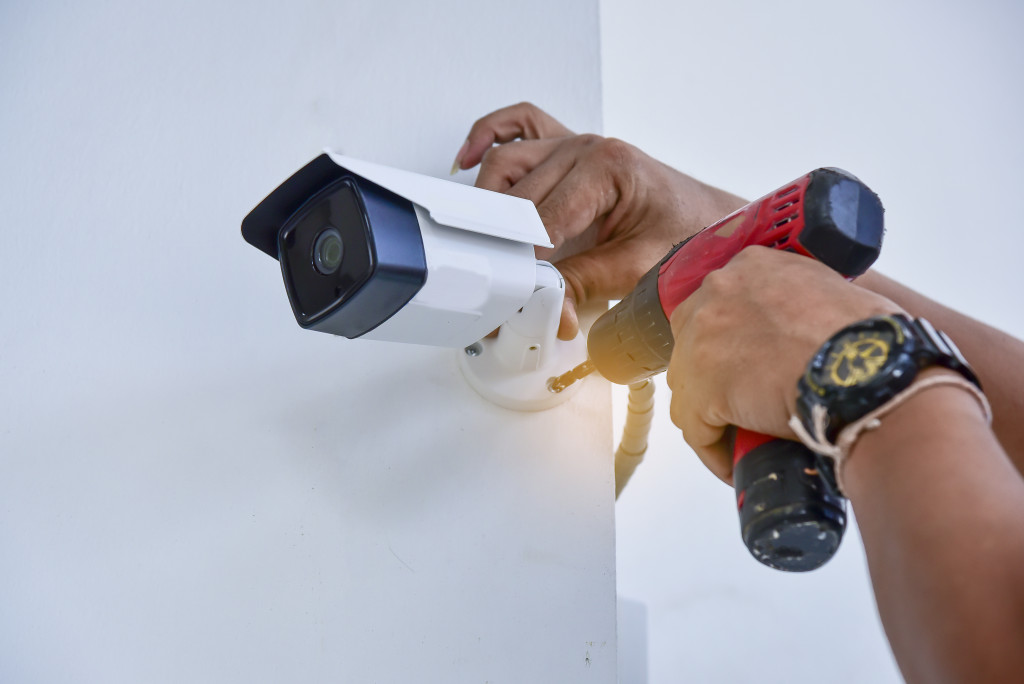- Conduct a thorough risk assessment to identify and prioritize potential hazards.
- Implement fire safety measures, such as installing fire detection systems, providing fire extinguishers, and conducting regular drills.
- Strengthen security by installing surveillance cameras, access control systems, and alarms.
- Promote a culture of safety awareness through comprehensive training and open communication.
- Obtain professional EICR certificates to ensure compliance with safety regulations and industry best practices.
When running a business, ensuring the safety of your premises should be a top priority. Not only does this protect your employees and customers, but it also safeguards your assets and reputation. A comprehensive safety plan can help prevent accidents, mitigate risks, and create a secure environment for everyone involved. This guide will discuss five essential tips to ensure safety within your business premises.
1. Conduct a Thorough Risk Assessment
The first step in promoting safety within your business premises is to conduct a thorough risk assessment.
Here are some tips on how to conduct a thorough risk assessment:
Identifying Hazards
The key to effective risk management starts with comprehensive hazard identification. Look at all aspects of your workplace environment, from physical factors such as machinery and layout to procedural aspects like task sequences and handling hazardous substances. Consider the different types of hazards like ergonomic, chemical, biological, and psychosocial. Remember, a hazard can be any factor that has the potential to cause harm.
Evaluating the Risks
Once potential hazards have been identified, the next step is risk evaluation. This involves considering the likelihood of each hazard leading to an accident or injury and the potential severity of the outcome. Here, you may use a risk matrix or other risk assessment tools to quantify and prioritize the risks. It’s important to involve the people exposed to the risk in this process, as they often provide critical insights.
Implementing Control Measures
After assessing the risks, devise strategies to control and manage them. The control measures should aim to eliminate the risk where possible or otherwise minimize its impact. This could involve improving safety equipment, adjusting work procedures, or properly training employees. The hierarchy of controls is a useful tool for choosing the most effective control measures.
Reviewing the Risk Assessment
Risk management is an ongoing process. Reviewing and updating your risk assessment regularly is crucial as your business evolves. This should be done at least annually or whenever significant changes occur to your operations or environment. It ensures your risk assessment remains relevant and effective in protecting your employees.
2. Ensure Proper Fire Safety Measures

Fire safety is a critical aspect of ensuring the safety of your business premises. Install and regularly maintain fire detection and alarm systems throughout your premises. These systems should include smoke detectors, fire alarms, and automatic sprinklers where appropriate. Conduct regular fire drills to educate employees about evacuation procedures and ensure they are familiar with fire escape routes.
Additionally, provide fire extinguishers at easily accessible locations and ensure employees are trained in their proper use. Establish a clear protocol for reporting and responding to fire incidents, including contacting emergency services. By prioritizing fire safety measures, you can significantly reduce the risk of fire-related accidents and protect your employees and property.
3. Implement Effective Security Measures

Security measures are crucial to safeguarding your business premises against theft, vandalism, and unauthorized access. Install robust security systems, including surveillance cameras, access control systems, and alarms. Place visible signage indicating the presence of security measures to act as a deterrent.
Establish clear security protocols for employees, such as requiring identification badges or keys to access restricted areas. Conduct background checks when hiring new employees with access to sensitive areas or valuable assets. Regularly review and update your security measures to account for any technological changes or potential threats.
4. Promote a Culture of Safety Awareness
Creating a culture of safety awareness within your business premises is essential to ensure the ongoing safety of your employees and customers. Provide comprehensive safety training to all employees, emphasizing the importance of following safety protocols and reporting potential hazards. Encourage open communication by implementing a system for employees to report safety concerns anonymously.
Regularly communicate safety policies and procedures through various channels, such as staff meetings, email newsletters, and posters displayed throughout the premises. Recognize and reward employees who demonstrate exemplary safety practices, encouraging others to follow suit. By promoting a culture of safety awareness, you empower your employees to actively participate in maintaining a secure environment.
5. Professional EICR certificate
To ensure the highest level of safety within your business premises, it is crucial to collaborate with professionals who can provide expert guidance and certifications. The professional EICR (Electrical Installation Condition Report) certificate is one such certification. This certificate verifies that the electrical installations in your premises comply with the necessary safety standards and regulations.
By obtaining a professional EICR certificate, you demonstrate your commitment to safety and compliance. This certificate also helps identify any potential electrical faults or hazards that may pose a risk to your employees and property. Collaborating with professionals for compliance ensures you stay up-to-date with safety regulations and industry best practices.
In Summary
Safety within your business premises is essential for protecting your employees, customers, and assets. By conducting a thorough risk assessment, implementing proper fire safety measures, implementing effective security measures, promoting a culture of safety awareness, and collaborating with professionals for compliance, you can create a secure environment for everyone involved. Safety should be an ongoing effort, so regularly review and update your safety protocols to address any potential risks.


